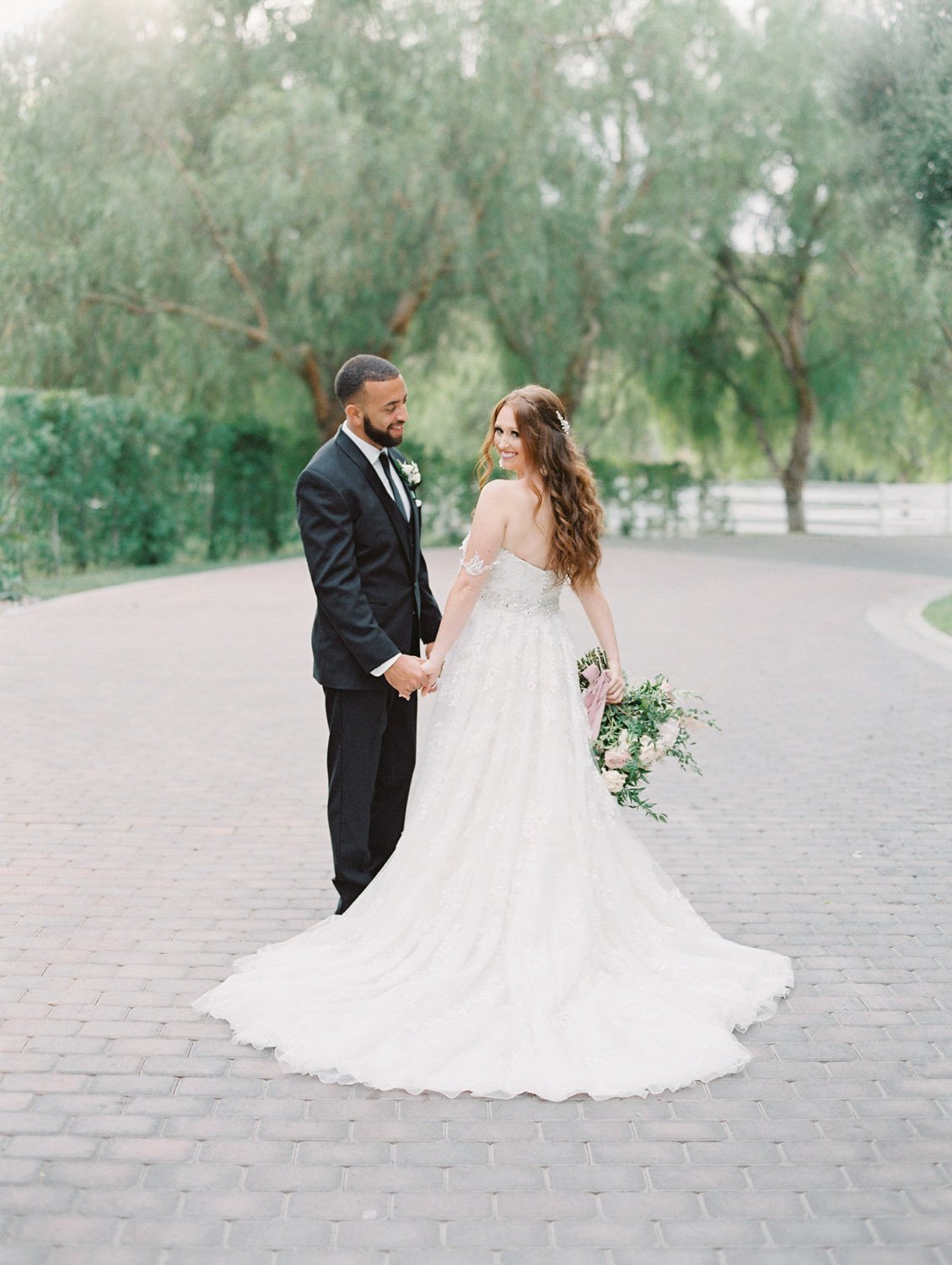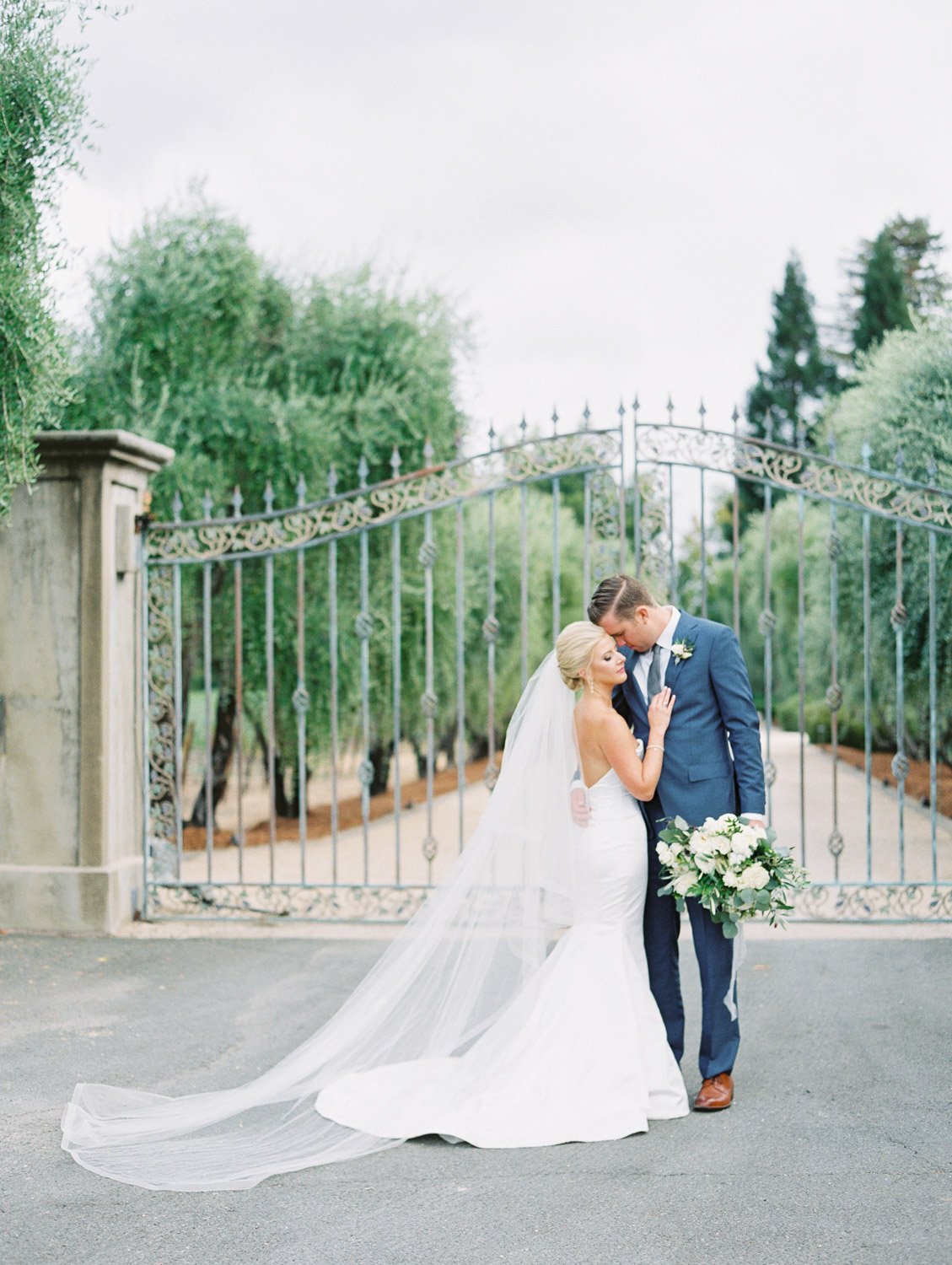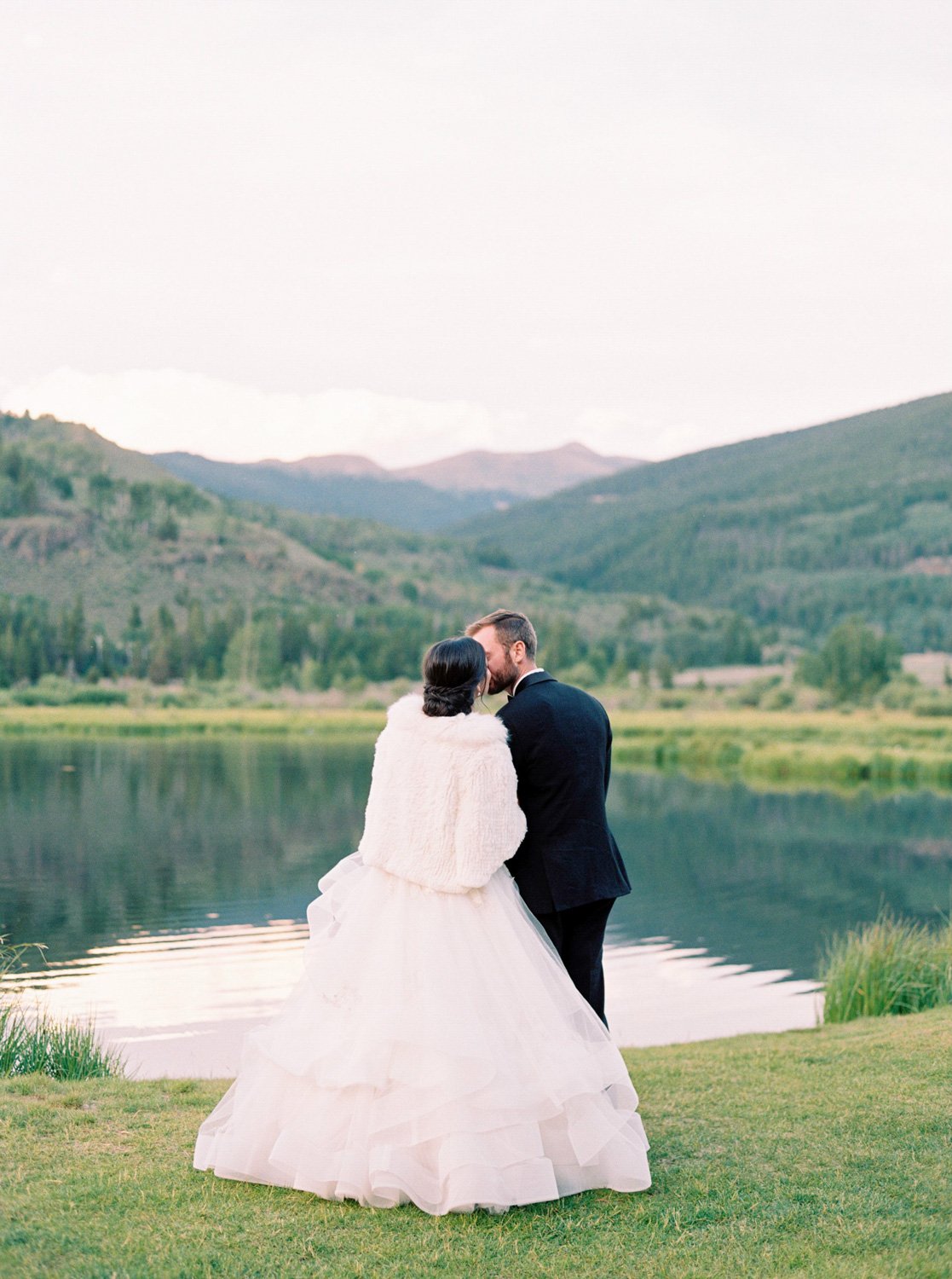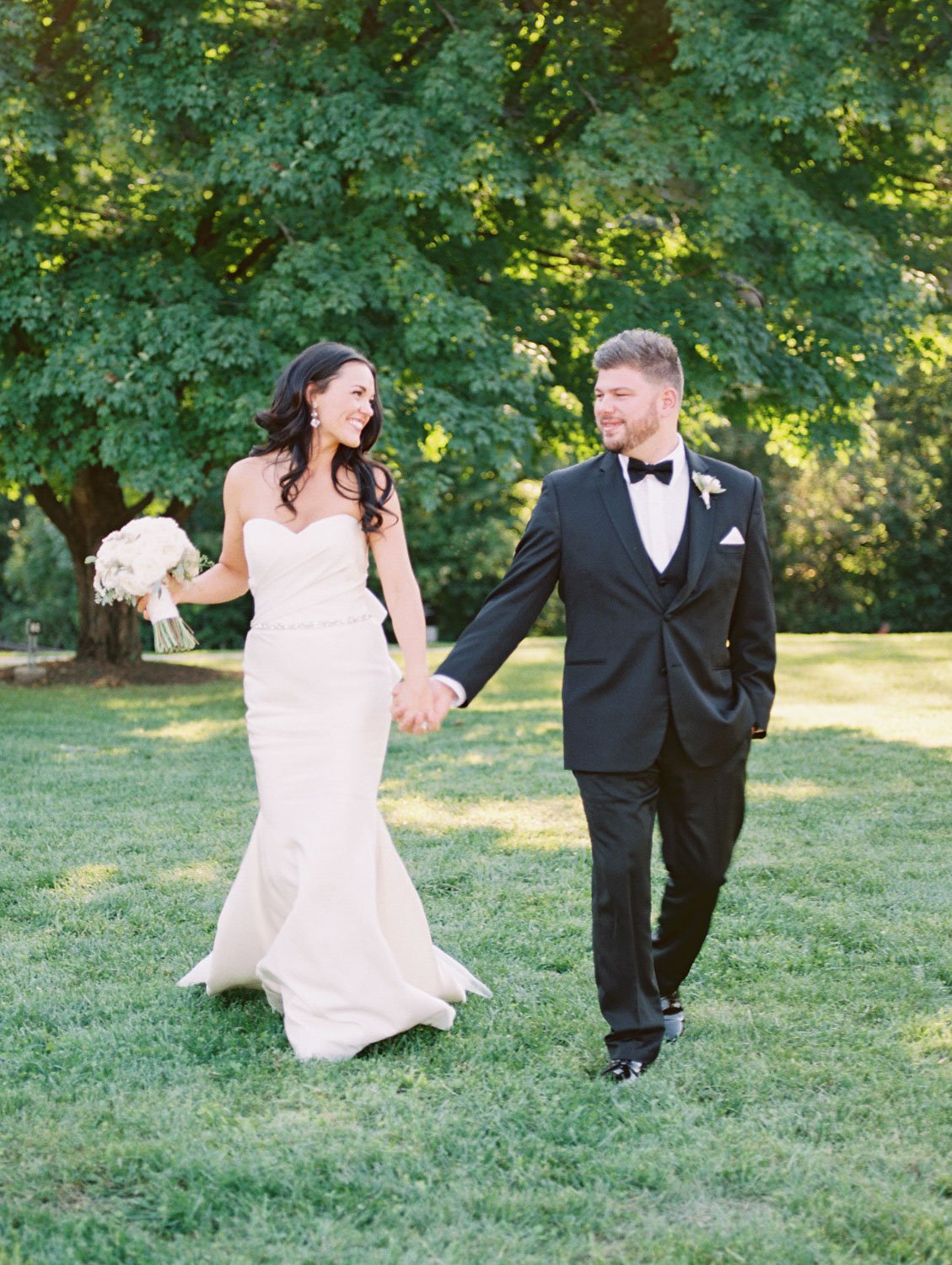If photographers had academy awards, there's no doubt winning the best second shooter would be equivalent to winning best supporting actor. Second photographers play a vital role on a wedding day, and being someone the main photographer knows they can trust wholeheartedly is invaluable. We put together our best advice so you can provide the best second shooter experience anyone has ever had!
Be a team player. Remember that it's about serving the couple well while capturing beautiful photos. Take photos you can be proud of and love, and don't worry that your name isn't directly attached to them. When your goal is to serve to the best of your ability, you won't inwardly complain if you don't get to photograph the gorgeous reception details. Your role is to help the main photographer tell the wedding day's story.
Take the initiative. Don't stand around waiting to be told what to do. Clear the getting ready area to prepare for photos without being asked. If there's a lull, grab detail photos of the venue. Know the star shots you should capture and provide direction if you're in charge of certain portions on your own. Help the main photographer keep track of their equipment and phone.
Anticipate needs. Bring water to the main photographer, carry the bride's train from place to place, or assist with boutonnières. Always be aware of everything happening and ways you can help, even if they aren't directly photography related.
Arrive early. Showing up before your start time will be appreciated and infinitely better than being late! An early window of 15 min. is perfect.
Familiarize yourself with the timeline. Having an idea of the flow of the day beforehand will help you prepare and not have to wonder what moment is next.
Pro tip: Set the timeline as your phone lock screen for quick access. You never know when the lead photographer may need to reference it too!
Study the main photographer's style. It's important to capture images how they would so the whole gallery is cohesive. Do they shoot wide or tight crops? What are their preferred lenses? What poses do they use often?
Capture different angles. Never capture the same thing from the same direction or focal length as the lead. Add variety to the overall gallery by getting artistic with crops or shooting horizontal if they're shooting vertical.
Pro tip: Try to utilize balconies or staircases for an overhead view!
Bring styling supplies and other equipment. Share your styling kit or anything else that could be useful for the day. It's especially beneficial to bring your entire arsenal if the photographer you're assisting is from out of town and unable to pack everything they commonly would for a local wedding.
We hope this article provided some insight on how to be an extraordinary second shooter and asset to a photographer's team!







































